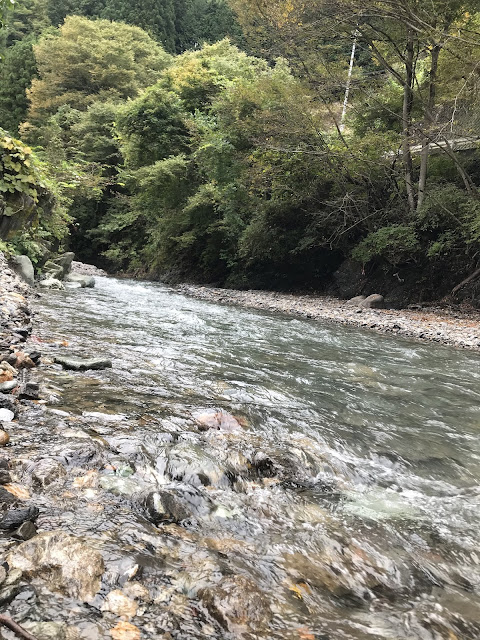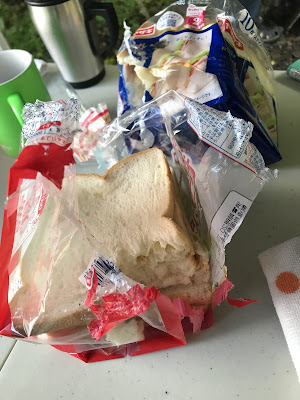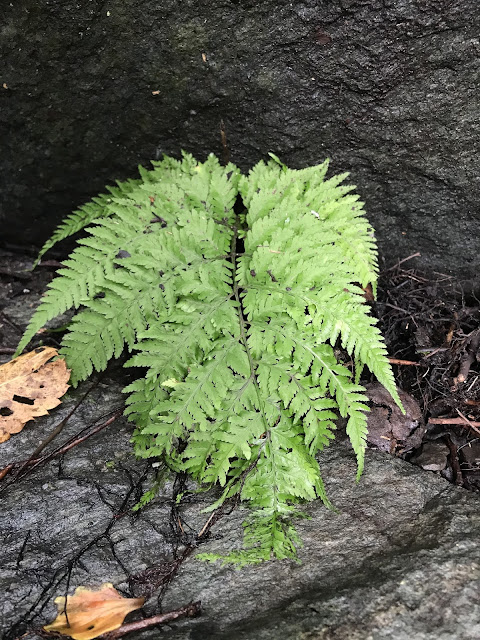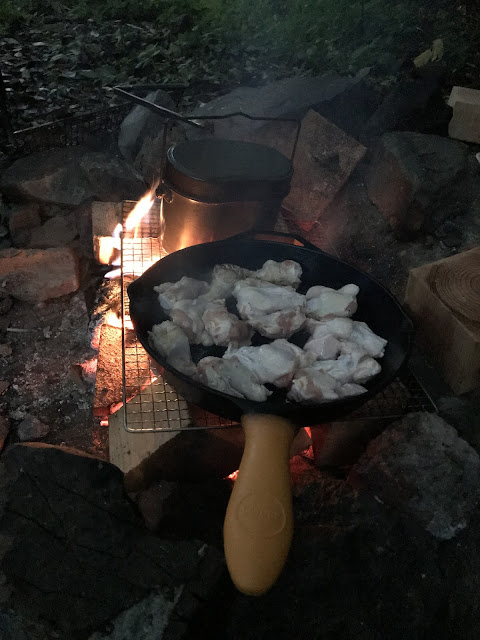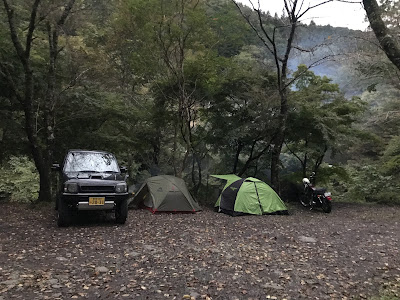If you’re new here, please don’t think we camp all the time, we’ve only managed three camping trips in 2020, That’s about our average. However, we’ve been doing it since 2011, so we’ve got a bit of camping-in-Japan experience.
A friend recently asked for camp food advice/recipes. So I thought I’d write a blog post just about that.
Our philosophy for camping has always been: keep it as simple as possible. That means it’s not hard to pack up and go camping. That’s essential if it’s going to be a relaxing experience for us. This extends to the food side of things.
The menu is simple. I almost never pre-prepare any main meal, unless it’s going to be late before we get camp set up on the first night, or it’s going to be very cold that first night. That meant it was not hard to do a couple of “camping tours”, where we camped for two weeks (using several different campsites). We bought food as we needed it—usually every couple of days.
We have a standard camp packing list that we rely on heavily, I also plan the meals and write a food list. This makes packing easy and eases anxiety.
Here are some standard camping meals we have (understanding these are easy-to-buy foods in Japan, so aren’t all suitable to other places):
Things we eat for breakfast
Bacon, sausages, and eggs (or variations of that combo)
Pancakes
English muffins or sometimes bread
Above usually supplemented by tinned peaches
Sometimes yoghurt, fruit, and cereal (this was mostly for a fast pack up on our camping tours, without starting a fire, it was easier to pack up and move on)
Things we’ve eaten for dinner
Yakisoba (Japanese stir fried pork and noodles)
BBQ meat and foil-wrapped veggies
Wraps (tortillas with salad and cooked meat)
Rice (cooked on the fire with Japanese campfire rice cookers!)
Japanese curry rice
I’ve even made Tuna Mornay
 |
| This is Yakisoba: Japanese stir-fried pork and noodles. So yummy and so easy if you’ve got a large group to cater for. |
Lunch
This is generally a low-profile affair. We’ll have sandwiches, or two-minute ramen, or tinned soup.
Dessert
In my opinion this is the most fun part of camping. Cooking with the fire after the main meal is done is usually pretty fun. My favourite is the Chocolate, banana, marshmallow boats (two layers of greased foil loaded up with a banana, chocolate pieces and two or three marshmallows, and cooked over the fire).
We’ve also made damper: and Australian non-yeast bread, something like a scone and eaten with butter, syrup, jam or honey. Very yummy!
Of course there’s always marshmallows to cook, and when our American friends come they bring the fixings for S’mores.
We don’t use bread much, mostly because it takes up a lot of room. Rice or noodles fill up hungry boys and are more compact for packing. Larger sized savoury bread rolls are also not super common in most Japanese supermarkets.
And of course snacks and hot drinks are important. I’ve often made brownies to take on our shorter camps: again they are compact and filling, but also hold together well and are very popular. Nothing quite like a brownie snack after setting up camp for raising the mood and filling the gap while dinner is prepared. Hot chocolate, coffee, peppermint and ordinary tea bags are also always in our camping “larder”.
We take two cooking options: a single table-top gas ring (fueled by easily available small gas canisters) and a simple folding campfire stove (because most campsites you have to bring your own and can’t make a fire on the ground). The gas ring is great for heating water for drinks and washing up water, and as a backup to the fire. The fire obviously takes more work, but it’s also more fun. I don’t see the joy in just cooking by gas like you do at home when you could light a fire!
Food is one of the things I love most about camping. Cooking and eating outdoors is really very relaxing most of the time and you’re completely focused on what you’re doing. That focus is what means that camping is so relaxing. Because you’re so zoned in on taking care of basics like food and shelter, you forget about the pressures that you’ve left behind at home and the office.
Do you have a favourite camping meal? Or a favourite camping food memory?






